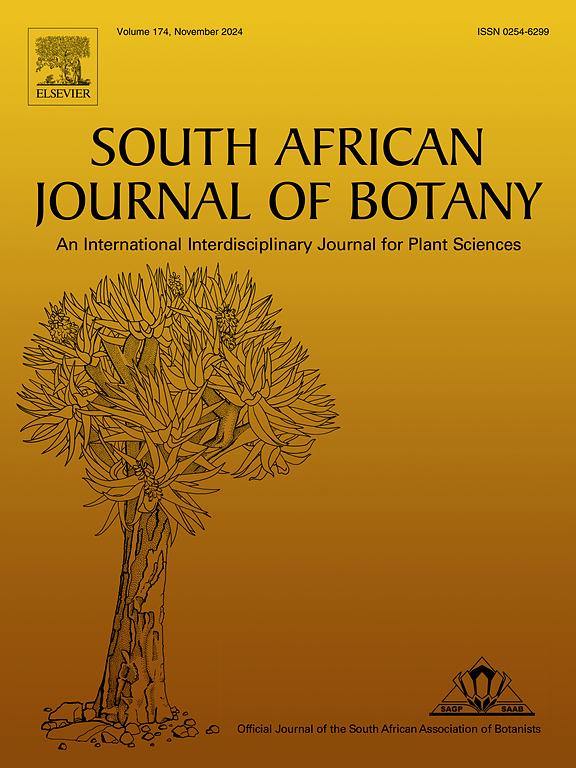Fire ecology and management in South Africa: A history of research achievements and future challenges
IF 2.7
3区 生物学
Q2 PLANT SCIENCES
引用次数: 0
Abstract
This paper provides a review of the history of fire research over the past century, the current understanding fire ecology and management, and gaps in knowledge in South Africa. Fire regimes (i.e. the combination of frequency, season and intensity of fire) have been quantified for the main fire-prone vegetation types (fynbos, grassland and savanna) in the eastern and southern parts of the country. Early ecologists regarded fires as harmful, but a growing realization that fires were inevitable and potentially necessary led to the establishment of long-term experiments in fynbos and montane grassland (by the Department of Forestry) and savannas (in the Kruger National Park) in the 1940s and 1950s. Formal collaborative research programs were initiated in the 1970s, including the CSIR's National Programme for Ecosystem Research and the Scientific Committee on Problems of the Environment's (SCOPE) project to synthesize knowledge on the ecological effects of fire. These and other initiatives improved understanding substantially. It is now known that fynbos vegetation is dependent of fires at intervals of 10 – 20 years in the dry summer season, while grasslands are resilient under shorter fire return periods (2 – 3 years) in the dry winter. Savanna fire ecology tends to be more complex as multiple factors (rainfall, soil fertility, herbivory and fire that vary over space and time) interact to determine the relative proportions of grass and trees. Forest vegetation is not fire-prone, but fire strongly influences the distribution of forests in the landscape. Managers of protected areas, rangelands and water catchments use fire to achieve ecological goals, including maximizing rangeland productivity, reversing woody encroachment, reducing tree mortality, and controlling invasive alien species or disease vectors (mainly ticks). Some ecological goals aim to achieve “natural” or heterogenous fire patterns, assuming that these will conserve biodiversity. Social goals include the prevention of destructive wildfires and protection of infrastructure, the reduction of greenhouse gas emissions, and the protection of harvestable resources. Management has in some cases been adaptive, and targets have been altered as understanding grew, and as practical experience coupled with periodic reflection helped to set more realistic goals. Research findings have altered approaches to management in several instances or confirmed that current practices were appropriate. There are however limits to what management can practically achieve. Spatial heterogeneity and seasonal distribution of fires are more easily manipulated at a landscape scale than fire return intervals, especially in more arid areas. Several challenges remain. Climate change may increase the incidence of high fire danger weather, although these projections are more severe for the fire-free parts of the country. Effective implementation of prescribed burning programs necessitates trade-offs between safety considerations and ecological requirements, and in savannas can precipitate positive and negative outcomes by simultaneously reducing bush encroachment but increasing tree mortality. Finally, problems along a growing urban-wildland interface require a much better understanding of how fires propagate across these boundaries, and how such risks can be reduced.
求助全文
约1分钟内获得全文
求助全文
来源期刊

South African Journal of Botany
生物-植物科学
CiteScore
5.20
自引率
9.70%
发文量
709
审稿时长
61 days
期刊介绍:
The South African Journal of Botany publishes original papers that deal with the classification, biodiversity, morphology, physiology, molecular biology, ecology, biotechnology, ethnobotany and other botanically related aspects of species that are of importance to southern Africa. Manuscripts dealing with significant new findings on other species of the world and general botanical principles will also be considered and are encouraged.
 求助内容:
求助内容: 应助结果提醒方式:
应助结果提醒方式:


